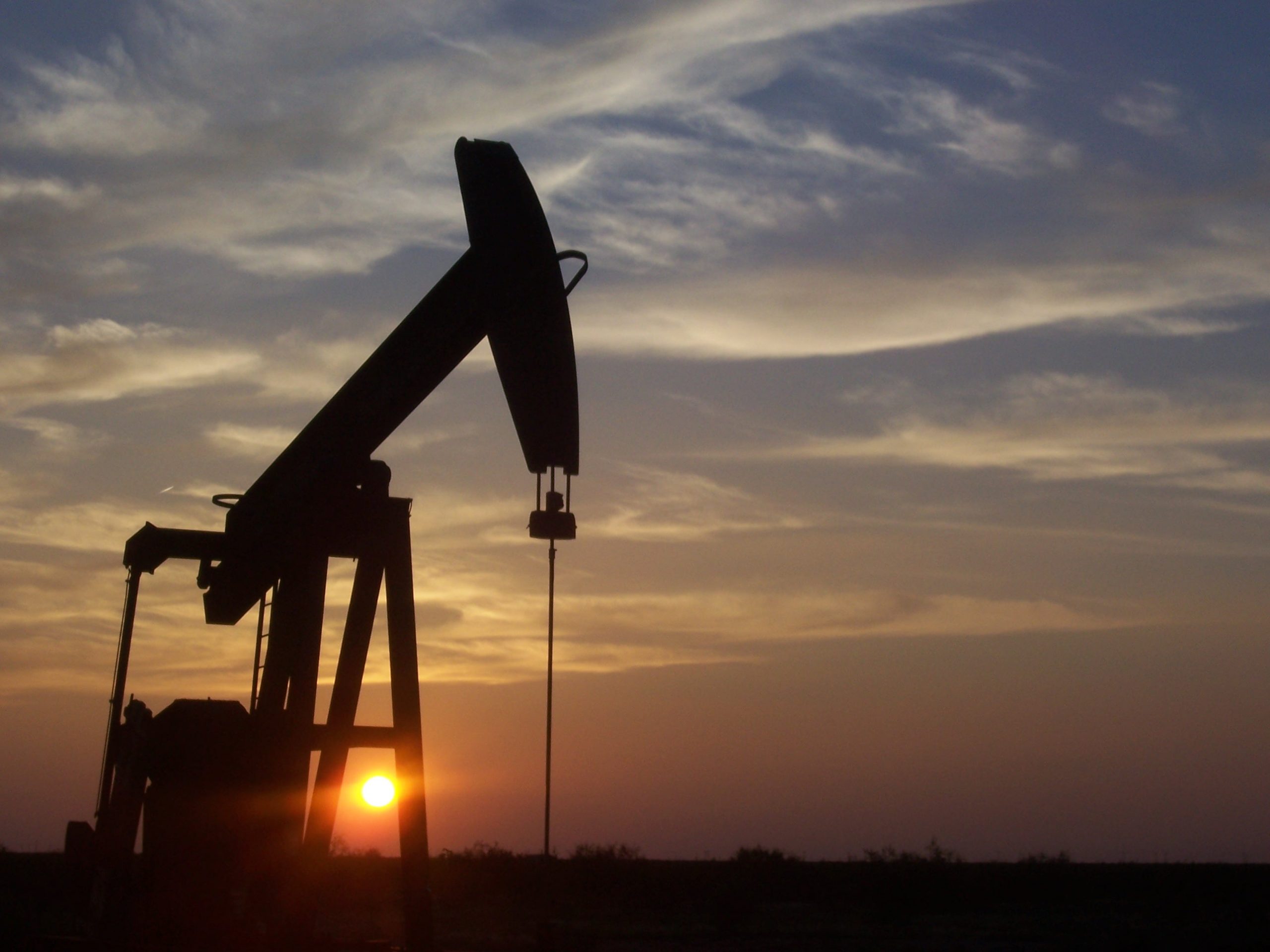In the oil and gas industry, depth uncertainty—the inability to determine the exact depth of something—is very common and can sometimes be dangerous. As a result, people working in oil and gas facilities tend to get training on how to deal with depth uncertainty so that they can mitigate the risks it poses to their lives and those of their co-workers. In this article, we’ll talk about some of the major ways you can use depth uncertainty to your advantage and what you can do to reduce your exposure to it while improving your safety and that of those around you.
Why is it important?
Depth uncertainty is important to know when drilling for oil, as it can be a limiting factor. When drilling, it is important to know how far down your borehole will go before hitting bedrock or other large formations. This data is critical to knowing how many drill bits you will need to complete the job. If you overestimate this depth, you may have wasted money on drill bits that were not needed because they broke due to lack of penetration into the ground.
What is it?
Depth uncertainty is a term that refers to uncertainty that is introduced when trying to measure depth. It can be caused by a number of factors, including the equipment being used for measurement, weather conditions and interference from other sources. In many cases, depth uncertainty can be reduced or eliminated with careful planning; however, it’s important to ensure that you don’t introduce other forms of uncertainty at the same time. For example, if you’re going to use two different types of equipment for depth measurements but don’t know which will provide more accurate data than the other one, then your depth measurements may still contain an element of uncertainty even after accounting for any variance caused by the first piece of equipment.
How can I find out how deep my borehole is at each layer?
In order to determine depth uncertainty at each layer, you will need to measure the depth of each borehole. The depths are then plotted on a graph which can help find the uncertainty from this data. There are two common types of graphs used: a log-log graph or a linear graph. On a linear graph, points are plotted on an X-axis as measured depth and on a Y-axis as measured depth squared. The slope is calculated by taking d2y/dx2. On a log-log graph, there are two lines that cross with equal slopes.
Ok, but how accurate are these logs?
In order to understand the accuracy of these logs, it is important to know what they represent. Seismic logs represent a cross-section of underground geology. The depth at which they are taken determines how deeply they penetrate into rock formations. The log at the surface tells you about near surface features, while those taken deeper tell you more about features deep below the earth’s surface. This can be used to help identify where oil or gas might be found and if there are any faults that could lead to a leak or spill. As you can see from this example, seismic logs play an important role in many aspects of our society.
That sounds complicated. How do I solve this problem?
When evaluating an oil or gas reservoir, it is important to understand that there are two key parameters that impact how much hydrocarbons can be extracted from a given reservoir. The first parameter is the total amount of hydrocarbons in place. This quantity is typically determined by applying statistical methods to seismic data, well log data, or other subsurface information. The second parameter is the amount that can be extracted at any given time due to physical limitations on what can flow out through wells at any given time. This quantity is known as ultimate recovery and it also has a significant impact on profitability as it determines how long an oil field will produce before running dry.





